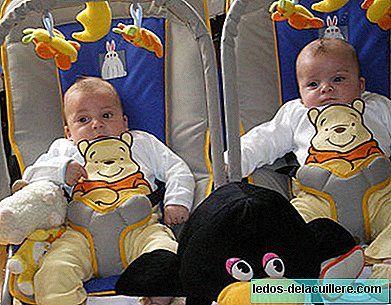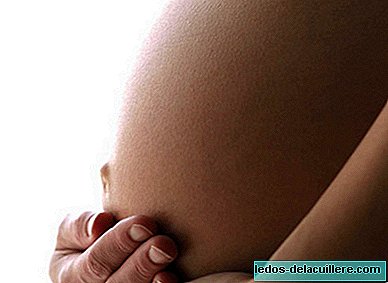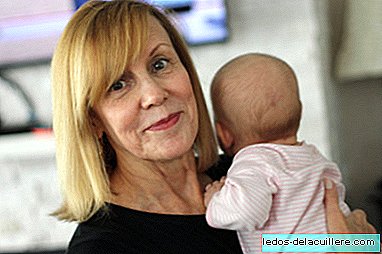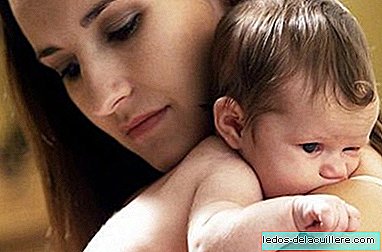
The manufacturers of artificial milk have been trying for years to modify the formulation of their milks by decreasing the proteins to make the children who take them fatter and get closer to the growth rate of breastfed children, but have not yet achieved it.
In other words, breastfed children have a different growth and weight gain pattern than children who drink artificial milk. For years this has been considered a benefit for those who take a bottle, so they "grow better" (and many pediatricians have fallen into the trap recommending bottles to nursing mothers to make them gain more weight, even when they did not need it), However, a recent study clarifies this situation: The more proteins, the more risk of obesity.
Study Data
The study reaches the same conclusions as another study that was carried out a few years ago and we already echoed here in Babies and more, back in 2009. In fact, one of the previous researchers has participated in the current study .
The fact is that in the current study we tried to know the differences between the most modern, low-protein artificial milk, compared to the artificial milk of a few years ago and breast milk.
For this they followed about 1600 children divided into three groups. Some drank breast milk, others were fed high-protein artificial milk and the third group received artificial milk with less protein.
Breast milk has a concentration of 1.3 grams of protein per 100 kcal. Artificial milk should have between 1.8 and 3.5 grams per 100 kcal, according to the regulations. The difference between the limits, as you can see, is abysmal, since the upper limit is practically twice that of the lower limit, and a baby may be taking twice as much protein as another, both being "legal" milks.
In the study, as I say, babies who drank milk with more protein are compared to those who drank milk with less and breastfed babies.
The more proteins, the more risk of obesity
All children were weighed and measured when they were 6 years old and from the data calculated the prevalence of obesity. They saw that those who drank artificial milk with more protein had an incidence of obesity of 10% (1 in 10 had obesity). In comparison, those who drank low-protein artificial milk had a 4.4% obesity incidence, just over half.
And here the conclusions of the study were over. In fact, the study is entitled "Lower protein content in infant formula reduces BMI and obesity risk at school age" (A lower protein content in infant formulas reduces BMI and the risk of obesity in school age), which can induce error as well explains Juan Revenga in his blog:
But in my opinion it is much more (interesting), knowing that among the group of six-year-old children who had received breastfeeding that prevalence was 2.9%.
Reading the title, the abstract of the study and the conclusions of all this it seems that with low-protein artificial milk they have made a great discovery that will reduce childhood obesity by half. However, this is not the case, because the reference is not children who drink high-protein artificial milk. The reference (logic) and the study control group are Children who drink breast milk, which have a prevalence of 2.9%.
Good news, and it's good to know
The finding implies good news for the parents, because as I say the manufacturers already know where the goals of manufacturing their milk have to go: reduce the amount of protein, although it may be more expensive, having to process the formula more so that it looks more like breast milk and less that of cow's milk (proceeding with the preparation of cow's milk, of course).
And I say it's good to know because parents will now have a reference: at less protein, less risk of obesity. This means that other advice that we have given you in Babies and more on other occasions: that continuation milk 2 is not really necessary and that it is more advisable to continue with the starter ones, because they have less protein (and breast milk, at six months, does not increase its protein concentration) and that Dairy products and their derivatives should be avoided until 12 months, because they are high in protein and do not provide any iron (and at 6 months it is better to eat foods with iron, which in themselves are usually relatively high in protein: meat, legumes, fish… ).
So in summary, if you want to know which milk produces the least obesity, look at how much protein it contains. Breast milk, as I say, contains 1.3 grams per 100 kcal (or 0.9 grams of protein per 100 ml, if in the can they express it according to millimeters).












